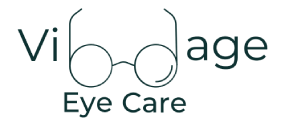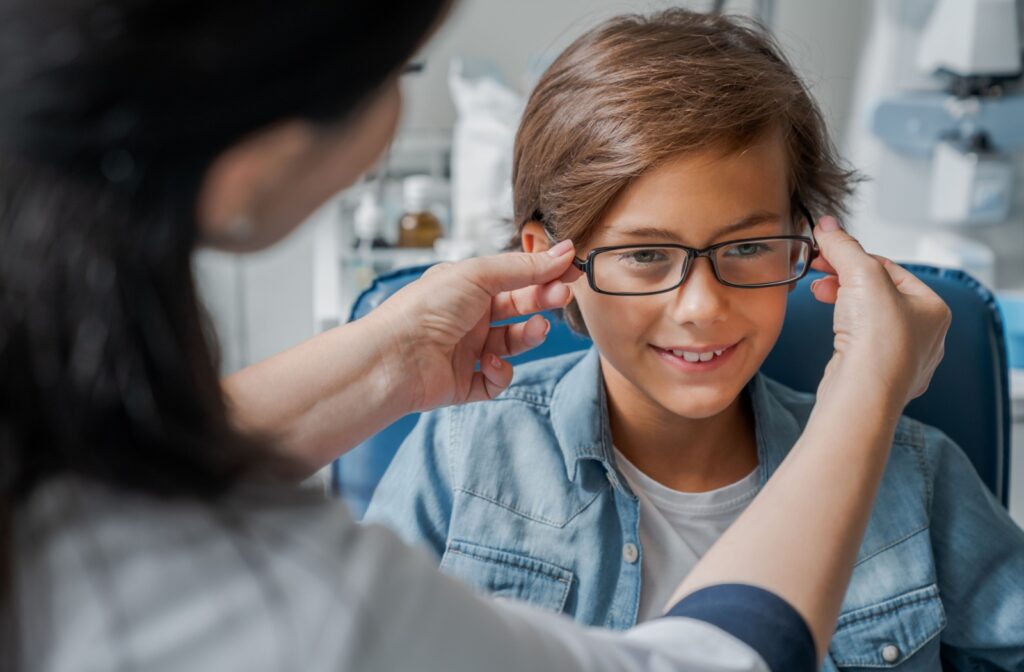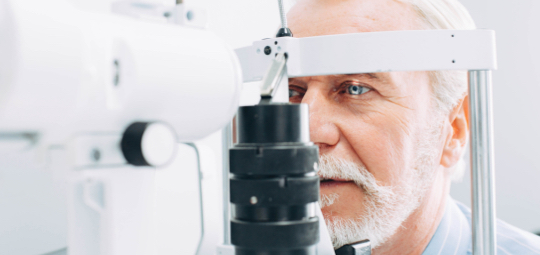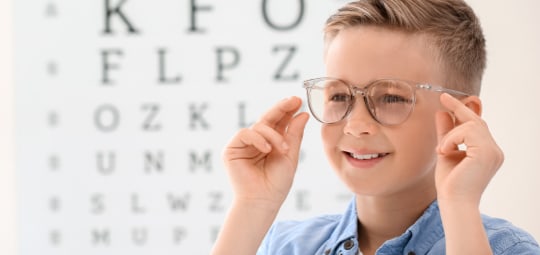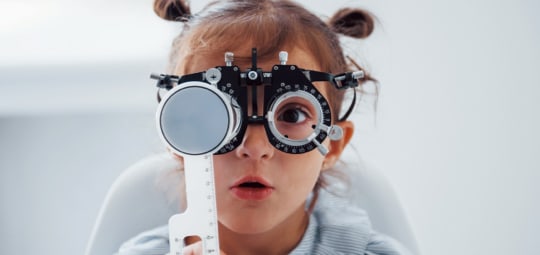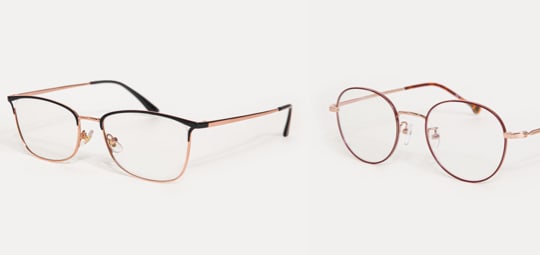It’s common to wonder if myopia (nearsightedness) can get better over time, especially in the case of children or young adults,
Unfortunately, myopia does not typically improve with age. It may, however, stabilize in early adulthood and can be managed effectively with the right care. Knowing what to expect as your child’s eyes develop can help you make informed choices about their treatment and monitoring.
What is Myopia?
Myopia is a type of refractive error that affects a person’s ability to see distant objects clearly, while close-up vision remains sharp. It occurs when the eye grows too long or the cornea curves too steeply, causing light to focus in front of the retina rather than directly on it.
Factors Contributing to Myopia:
- Genetics: A family history of myopia increases the likelihood of developing this condition.
- Lifestyle factors: Extensive near work, such as reading or screen time, coupled with limited outdoor activities, can heighten risk.
Myopia is typically identified through a comprehensive eye exam. It’s managed with corrective lenses, specialty contact lenses, or targeted myopia control treatments. Early detection and proactive care can reduce the risks associated with this condition.
Does Myopia Get Better With Age?
Although myopia often stabilizes in adulthood, particularly after the eye stops growing (usually in the early 20s), it does not typically improve on its own. Here’s how myopia has been observed to progress during different life stages:
- Childhood and teen years: This is when myopia tends to progress most rapidly, especially during growth spurts.
- Early adulthood (20s to early 30s): Myopia progression generally slows down or stabilizes.
- Later adulthood: Other age-related vision changes, such as presbyopia (age-related farsightedness), may alter your prescription needs, but these changes do not reverse myopia.
If you’re experiencing changes in your vision in adulthood, they are often related to conditions like presbyopia or cataracts and not due to an improvement in myopia. That’s why it’s important to schedule regular eye check-ups to monitor any changes and address them early.
Lifestyle Choices That Can Impact Myopia
Modern lifestyles, dominated by screen use and a decrease in outdoor activities, have contributed to a noticeable rise in myopia, especially among children and young adults. However, certain lifestyle changes and habits can help slow its progression:
- Follow the 20-20-20 rule: Every 20 minutes, take a 20-second break to look at something 20 feet away.
- Encourage outdoor time: Spending at least 2 hours outdoors daily has been shown to slow the progression of myopia in children.
- Limit uninterrupted near work: Encourage regular breaks during activities like reading, homework, or using digital devices.
- Maintain good lighting: Reading or working in dim light can strain the eyes, so ensure your environment is well-lit.
Adopting these simple habits can make a difference, particularly for children whose eyes are still developing.
Options for Managing Myopia
While myopia may not improve naturally with age, modern advancements in eye care have introduced potentially effective ways to control and manage its progression in children. Here are some of the most common management solutions:
Atropine Eye Drops
Low-dose atropine drops are often prescribed for children to slow the elongation of the eyeball, a key contributor to myopia progression. While these drops won’t correct blurry distance vision, they can help reduce the rate at which myopia worsens.
MiSight 1 Day Contact Lenses
MiSight contact lenses are daily disposable lenses designed specifically for children with myopia. These lenses work by altering how light focuses on the retina, slowing eye elongation while delivering clear vision throughout the day.
Glasses With Myopia Control Lenses
Specialized eyeglasses, such as those with defocus-incorporated multiple segments (DIMS) technology, can provide both vision correction and the benefit of slowing myopia progression in children.
Early intervention with these management strategies can have long-term benefits, protecting eye health and reducing the risks associated with high myopia.
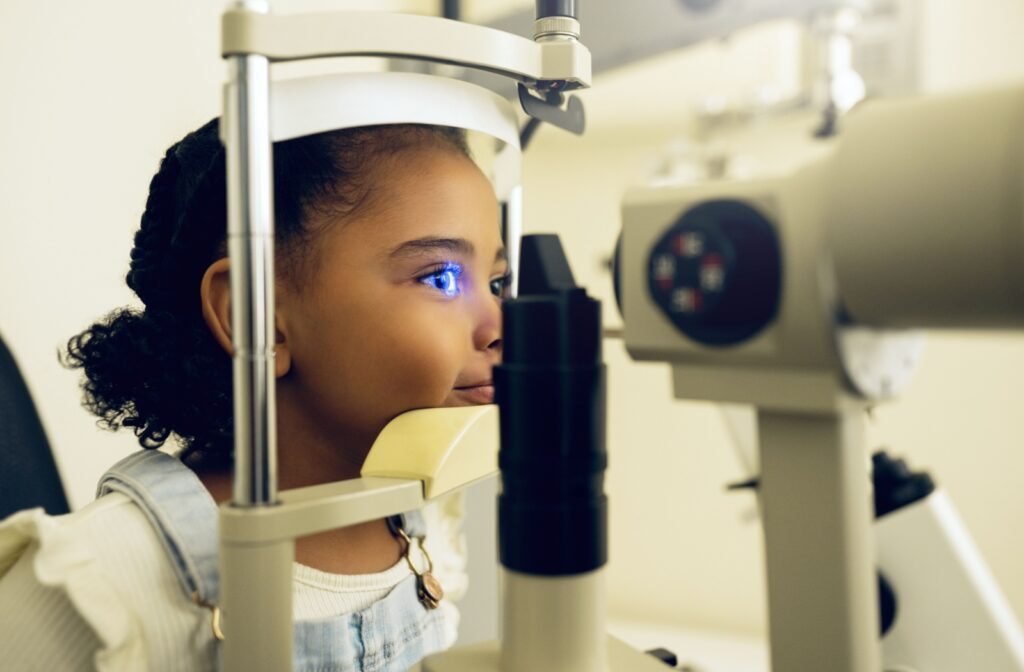
Why Early Detection & Treatment Matters
Addressing myopia early is important for minimizing its potential impact on long-term eye health. Left unaddressed, myopia can progress to high myopia, which increases the risk of serious conditions, including:
Proactive treatment and regular monitoring by an eye care professional can help mitigate these risks, promoting healthier vision into adulthood and beyond.
Can Myopia Worsen in Older Adults
While myopia often stabilizes in adulthood, certain age-related conditions may bring about changes in vision:
- Presbyopia: Beginning around age 40, most people develop presbyopia, which makes it harder to focus on nearby objects. This change does not reverse myopia but may require adjustments to your eyewear prescription.
- Cataracts: Cataracts can sometimes cause a temporary phenomenon known as “second sight,” where one’s near vision improves slightly. However, this is not a true improvement in myopia and typically requires surgical intervention.
These changes emphasize the ongoing need for comprehensive eye exams, even for adults whose vision may have been stable for years.
Protect Your Vision With The Village Eye Care
While myopia may not improve naturally with age, the good news is that today’s myopia management options can significantly slow its progression and promote long-term eye health. At The Village Eye Care, our compassionate team is dedicated to providing modern, personalized solutions to help you or your child maintain clear, healthy vision. Don’t wait for symptoms to worsen. Book an appointment with us today and take the next step in protecting your vision for years to come.
